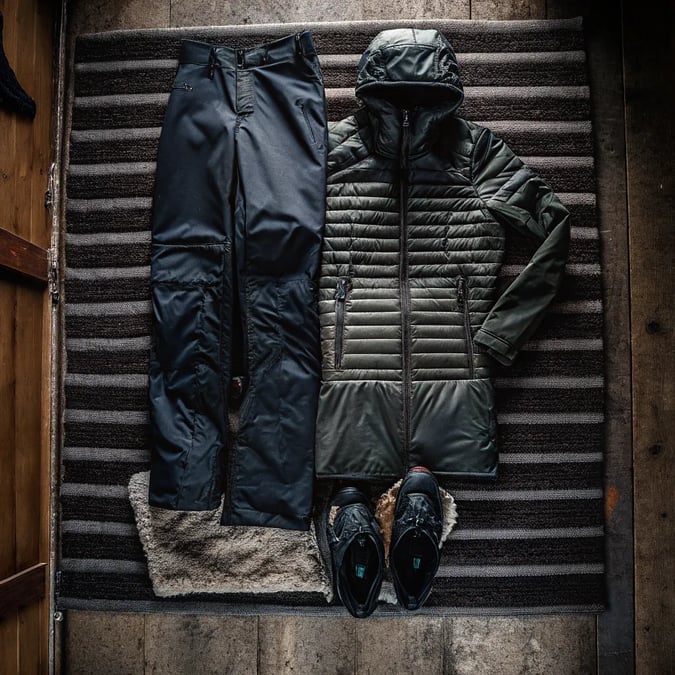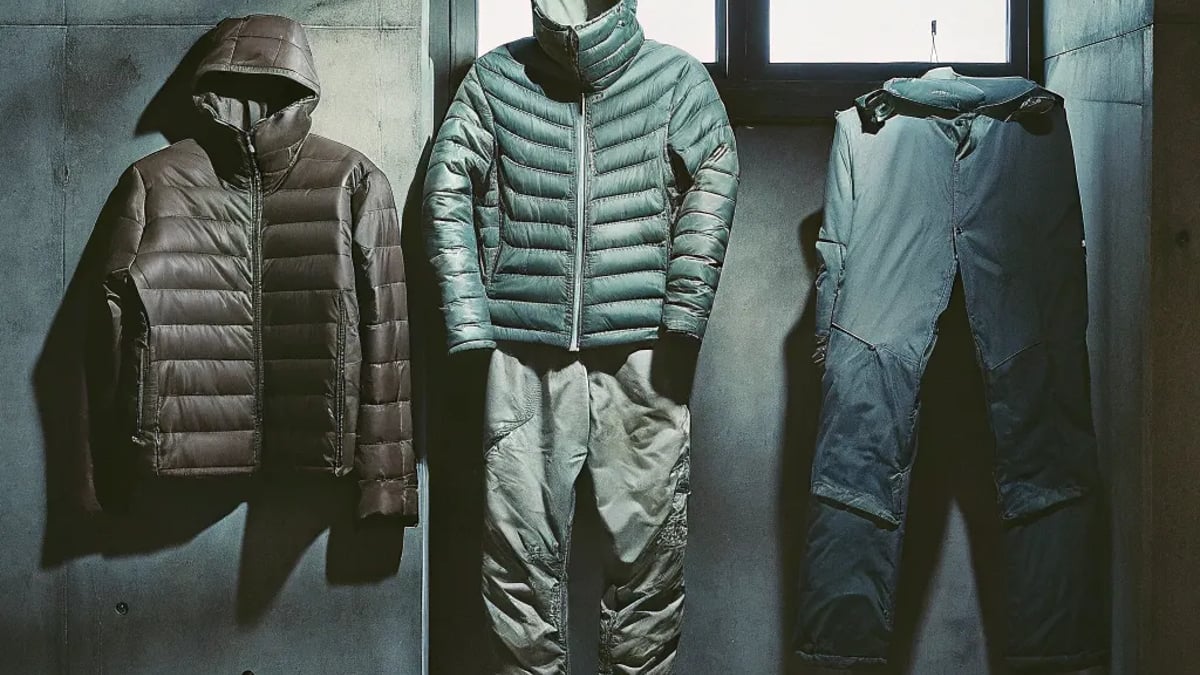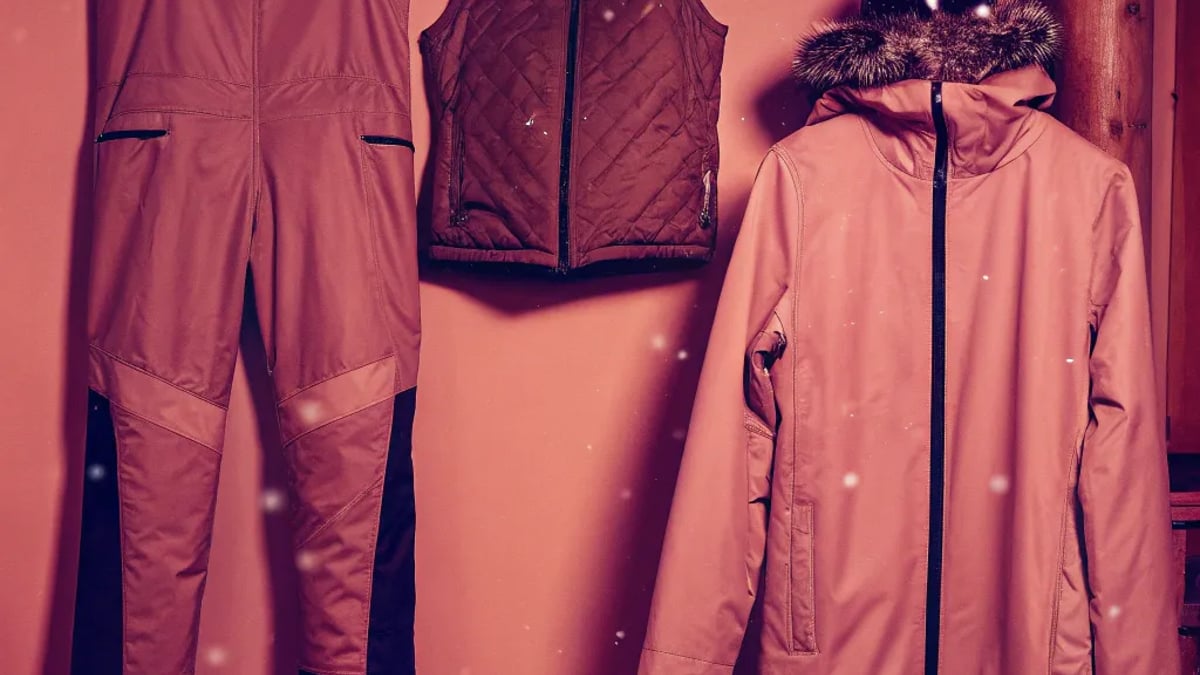
Finding that sweet spot between freezing on the chairlift and overheating on your run down the mountain is the eternal struggle for skiers and snowboarders. I've spent enough days on the slopes to know that proper layering can make or break your winter adventure. Let's dive into the essentials you'll need to stay comfortable all day long.
The Three-Layer Philosophy
Most experienced winter sports enthusiasts follow the classic three-layer approach. Each layer serves a specific purpose:
- Base layer (moisture management)
- Mid layer (insulation)
- Outer layer (weather protection)
"I used to make the rookie mistake of wearing cotton t-shirts under everything," admits Mark from Colorado Ski Authority. "I spent half my day damp and chilled until someone finally introduced me to proper base layers."

Base Layers: Your Foundation
Your base layer sits against your skin and serves one critical purpose - wicking moisture away from your body. When you sweat (and you will), this layer prevents that moisture from cooling against your skin.
Look for:
- Merino wool (natural odor resistance, excellent temperature regulation)
- Synthetic materials like polyester (dries quickly, often less expensive)
- Snug fit without restricting movement
For colder days, thermal weight base layers provide extra warmth without bulk. Remember that damp chairlift seats can soak through pants, so quality bottom base layers are just as important as tops.
Mid Layers: Insulation Zone
Mid layers trap warm air close to your body. The thickness depends entirely on temperature and your personal cold tolerance.

Popular mid layer options include:
Fleece
Lightweight, breathable, and quick-drying, fleece is a classic choice that maintains some insulation even when damp. It's not particularly wind-resistant, but that's what your outer layer handles.
Down or Synthetic Insulated Jackets
These provide excellent warmth-to-weight ratios. Down offers superior insulation but loses effectiveness when wet, while synthetic options maintain insulation properties in damp conditions.
Outer Layers: Weather Shield
Your outer layer (shell) protects against wind, snow, and rain. Waterproof-breathable fabrics like Gore-Tex allow sweat vapor to escape while keeping precipitation out.
Key features to consider:
- Waterproof rating (10,000mm minimum for snowy conditions)
- Breathability rating
- Taped seams
- Snow gaiters on pants to keep snow out
- Pit zips for temperature regulation
"I spent years freezing on the mountain until I invested in a proper shell with adequate venting," shares a Breckenridge local. "Now I can zip or unzip depending on conditions without changing layers."
What About Extremities?
Don't forget these critical components:
- Socks: One pair of wool or synthetic ski-specific socks (avoid cotton)
- Gloves/Mittens: Waterproof with insulation (mittens are warmer)
- Neck gaiter/balaclava: Protects face and neck from wind
- Helmet liner/beanie: Retains critical heat through your head
How Do You Know If You've Layered Correctly?
The perfect layering system should have you feeling slightly cool when you first step outside. If you're toasty warm before moving, you'll likely overheat once active.
Remember that layering is personal - what works for your ski buddy might not work for you. Temperature sensitivity varies dramatically between individuals, so be prepared to adjust your system through trial and error.
What's your go-to layering system for the slopes? Everyone seems to develop their own preferences over time!
Tags

About Evan Ridgewell the Author
Evan Ridgewell is a seasoned hiking enthusiast with over a decade of experience traversing the world's most challenging trails. His in-depth reviews of hiking gear focus on durability and performance in extreme conditions, making him a trusted source for outdoor adventurers.
Recommended Articles
This Everyday Hobby May Slow Memory Loss According to Studies
Discover how engaging in hobbies can delay memory loss and enhance cognitive health as we age, supported by scientific studies.
The 2025 Ford Transit Versatility Meets Everyday Function
Discover the 2025 Ford Transit, a versatile and functional vehicle perfect for work, transport, and eco-friendly options. Explore its features now!
House Smell Off? These 27 Cleaning Hacks Actually Work
Discover 27 effective cleaning hacks to remove unpleasant smells from your home and maintain a fresh, welcoming environment for guests.
15 Pet Habits That Quietly Eliminate Household Odors
Discover 15 effective pet habits to keep your home odor-free. Simple techniques can make a big difference in maintaining a fresh environment.
Why So Many Retirees Are Ditching Canes for This Folding Device
Discover why retirees are choosing folding canes over traditional ones for better mobility, convenience, and independence.




